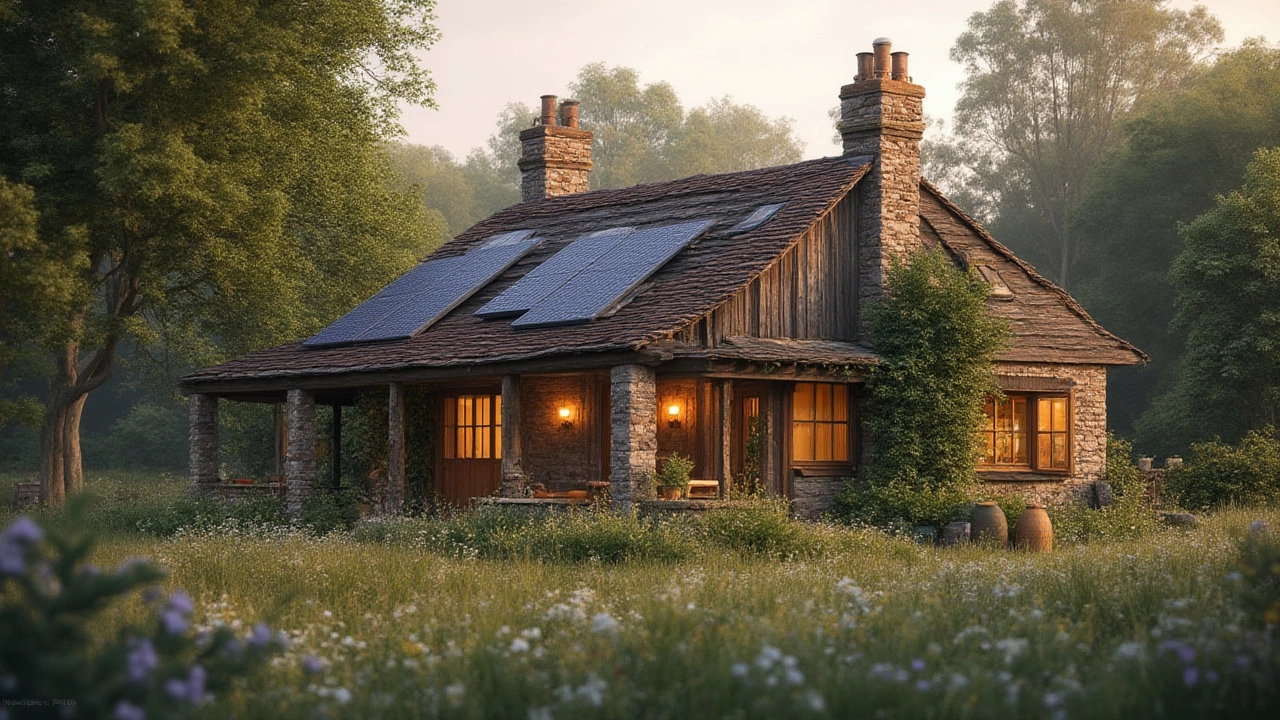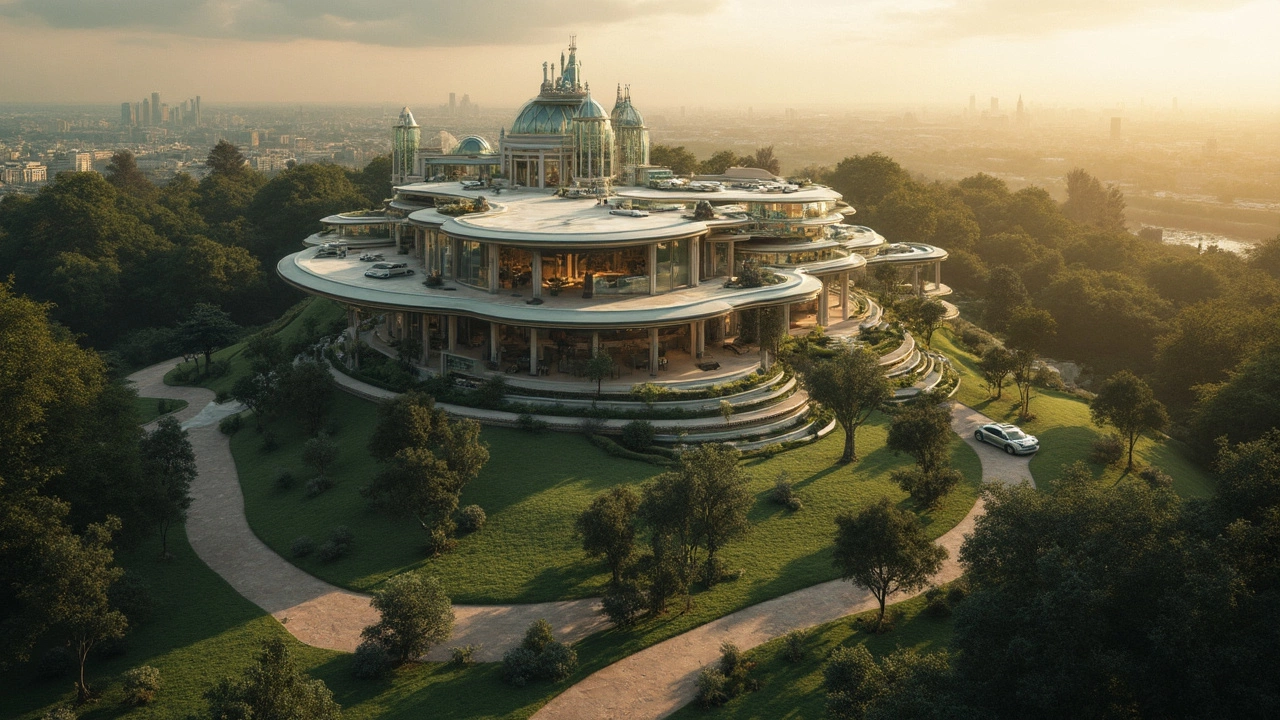Green Homes: Easy Ways to Make Your House Eco‑Friendly
Thinking about a greener house but not sure where to start? You don’t need to rebuild everything. Small changes can lower your bills, shrink your carbon footprint, and still feel comfortable. Below are the most useful steps you can take right now.
Upgrade What Uses the Most Energy
Heating and hot water usually take up the biggest chunk of a UK home’s energy bill. Swap an old boiler for a modern heat‑pump if your budget allows – it can cut heating costs by up to 40 %. If a full heat‑pump is out of reach, start with a smart thermostat. These little devices learn when you’re home and turn the heating down when you’re out, saving money without you even noticing.
Next, look at insulation. Cavity‑wall fill, loft insulation, and draught‑proofing doors and windows stop heat from escaping. Most homeowners see a noticeable drop in heating bills after a single DIY insulation project. You’ll also feel cozier on those chilly evenings.
Choose Sustainable Materials and Fixtures
When you’re renovating or adding a room, pick materials that don’t harm the planet. Recycled timber, bamboo flooring, and low‑VOC paints are good choices. They look great and reduce the amount of new resources needed.
For fixtures, go for water‑saving taps and dual‑flush toilets. A simple switch can cut water use by 30 % or more. Pair that with a rain‑water harvesting system for garden watering, and you’ll see real savings on your water bill.
Don’t forget the power side of things. LED bulbs use a fraction of the electricity of old halogens and last years longer. If you need new appliances, look for the Energy‑Star label – it guarantees the model meets strict efficiency standards.
Finally, think about renewable energy. Even a small solar panel kit on a roof can generate enough electricity to power lights and gadgets. Many local councils offer grants or low‑interest loans for residential solar installations, making it easier to get started.
All these upgrades sound like a lot, but you can tackle them one at a time. Pick the change that gives you the biggest bang for your buck, then move on to the next. Over a few years, your home will be greener, cheaper to run, and more comfortable to live in.
Ready to start? Grab a notebook, list the upgrades that fit your budget, and set a realistic timeline. Small steps add up, and the planet—and your wallet—will thank you.
Best Eco-Friendly Building Materials for Sustainable Homes
Discover the most eco-friendly building materials for sustainable homes. Learn what makes a material green, get facts, tips, and real-life examples for eco-friendly cottages.
Is There a House Worth 1 Billion Dollars? Eco-Friendly Cottages and Wild Home Prices
Ever wondered if there’s actually a house worth $1 billion? This article digs into the world’s craziest real estate prices, compares them to eco-friendly cottages, and explains why ultra-luxury doesn’t always mean sustainable. Get practical tips for building green without spending a fortune, plus a look at what truly makes a house valuable in 2025.

